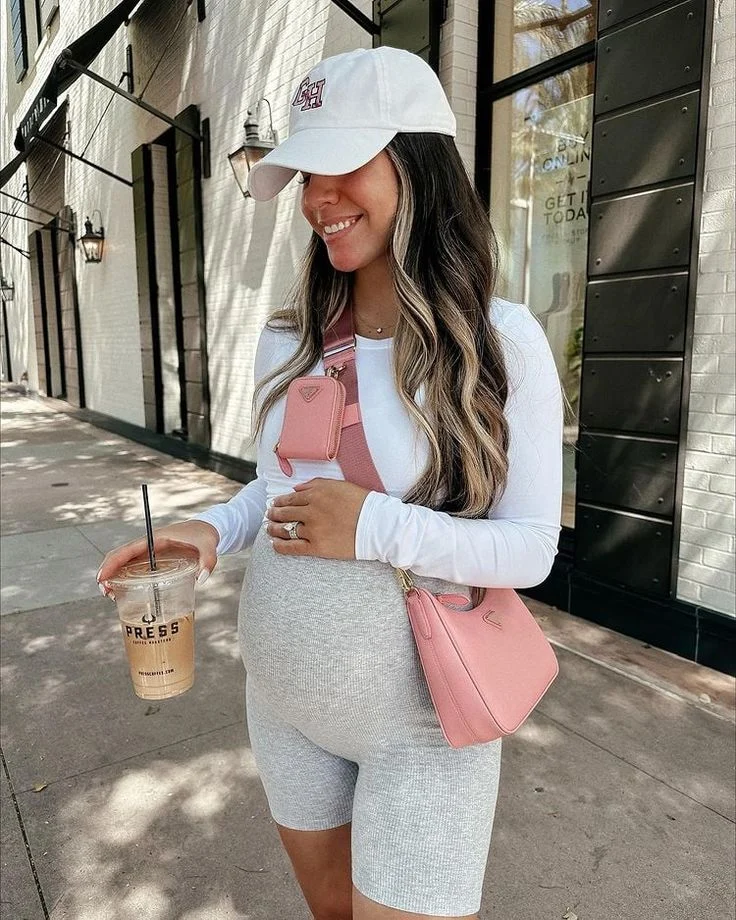While some experts advocate for the importance of calculated risks in play, parents consistently prioritize their children’s safety above all else. The trend of overprotecting children, often referred to as “bubble-wrapping,” is evolving. In Australian playgrounds, for instance, designers are incorporating elements of risk—such as moving equipment, larger gaps in nets, and even the possibility of falls from heights of up to three meters (almost ten feet).
Before you rush to shield your children from these playgrounds, it is important to understand that these alterations are based on extensive research. Dr. Michael Harrow, a leading expert in child development, emphasizes that “children must be given opportunities to engage in activities where they can learn from their mistakes.”
Research suggests that increasing fall heights from 2.5 meters to 3 meters does not necessarily correlate with a rise in injuries; rather, it heightens the perceived risk. Dr. Harrow notes that “children who face too little challenge may take inappropriate risks, leading to higher chances of injury because they lack the skills to assess and manage risk effectively.”
This indicates that playgrounds designed with calculated risks can help children refine their judgment about safety. A well-structured playground can teach valuable lessons about boundaries and consequences, even if it means experiencing an injury like a broken leg—an unfortunate but impactful lesson about personal limits.
While this perspective may resonate with older children or teens, many parents prefer playgrounds where their kids can explore safely without constant supervision. Personally, I would rather not have to witness my child suffer an elbow fracture to establish that he can leap seven feet onto rubber but not ten. Instead, I appreciate the peace of mind that comes with knowing he can enjoy himself while I relax on a park bench, savoring a snack and catching up on my phone.
Parents have made significant strides in enhancing children’s safety across various domains—food, health, transportation, and yes, even playgrounds. Admittedly, some of these measures may seem excessive and can unintentionally restrict kids’ independence. However, safeguarding our children when possible is an essential responsibility, and today’s playgrounds are designed with safety in mind for a reason. Let’s continue to prioritize that safety.
For more insights on parenting and child development, check out this informative article on our blog. Additionally, if you’re exploring options for home insemination, you can find a wealth of information at Make a Mom and March of Dimes.
In summary, while the allure of risk in playground design is understandable, it’s crucial to remember that safety measures are in place for good reason. Parents must find a balance between allowing children to explore and ensuring their well-being, ultimately fostering both independence and safety.
